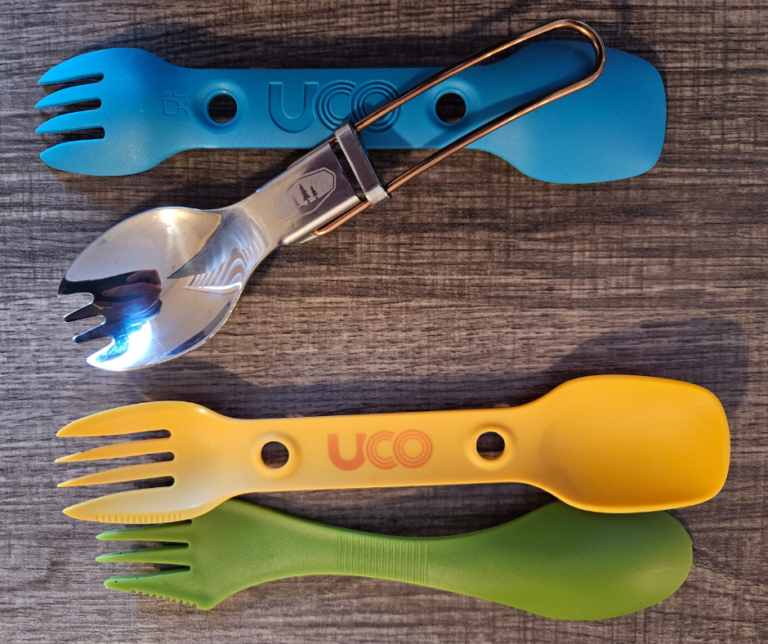How to Tie The Bowline Knot
The Sheet Bend Knot
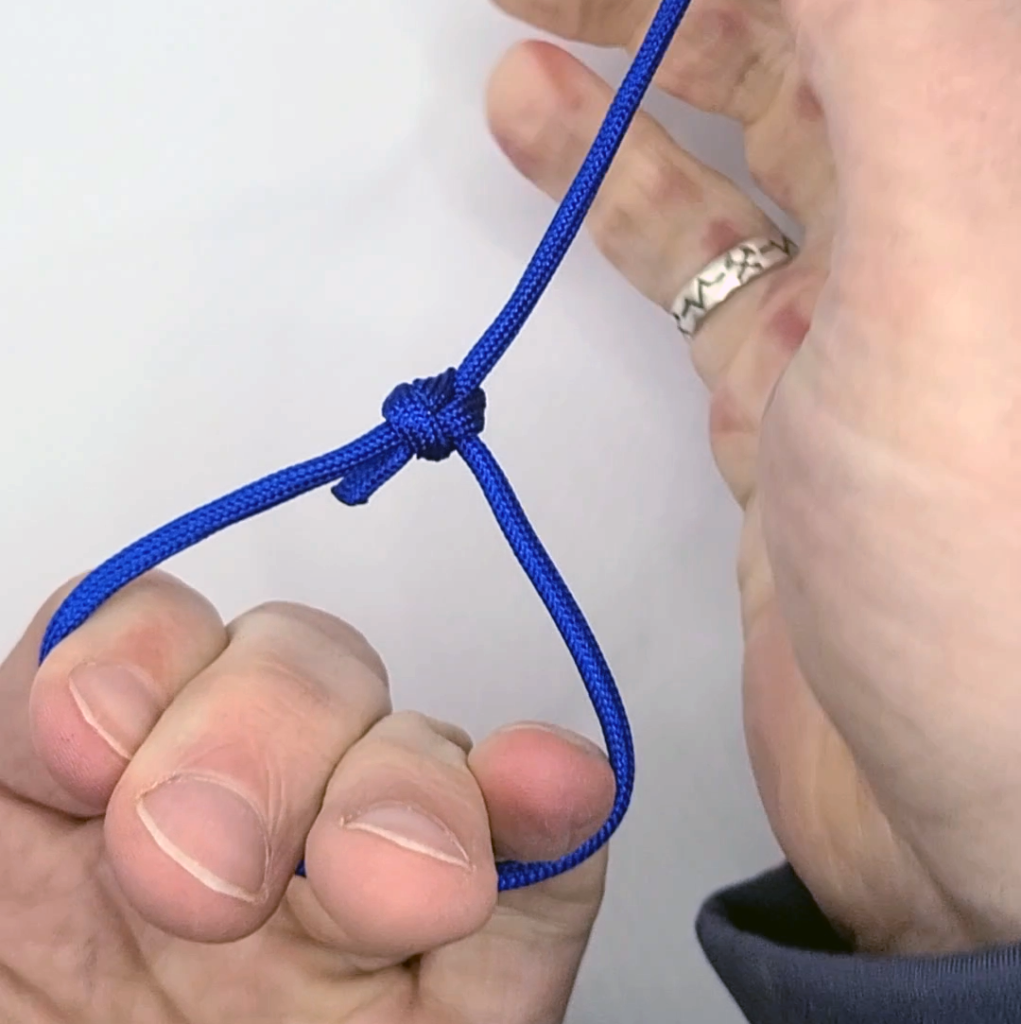
In the world of knots, there exists a true masterpiece – the Bowline Knot. Simple yet incredibly versatile, this knot has been serving humanity for centuries, earning its place as an essential skill for sailors, climbers, campers, and anyone who ventures into the great outdoors. In this blog post, we will delve into the fascinating history, practical applications, and step-by-step guide to tying the bowline knot.
Origins and History: The exact origins of the bowline knot are shrouded in the mists of time, but its use can be traced back centuries. Its name is believed to be derived from the Dutch word “booglijn,” meaning “bowline” or “little bowline.” Sailors of yore recognized its reliability and simplicity, utilizing it for a myriad of tasks aboard their vessels. Over time, its reputation spread beyond the maritime realm, finding utility in various land-based activities.
Practical Applications: The bowline knot’s versatility lies in its ability to create a secure loop at the end of a rope. This loop is not only strong but also non-slipping, making it ideal for a multitude of applications:
- Sailing: Sailors use the bowline knot to secure sails, create makeshift handles for hoisting, or even rescue operations.
- Camping: Campers rely on the bowline for constructing shelters, hanging food bags out of reach of animals, or creating a makeshift clothesline.
- Climbing: Climbers employ the bowline for tying into a harness or creating anchors.
- Rescue Operations: Emergency responders often use the bowline knot for lifting and lowering equipment or even victims in rescue scenarios.
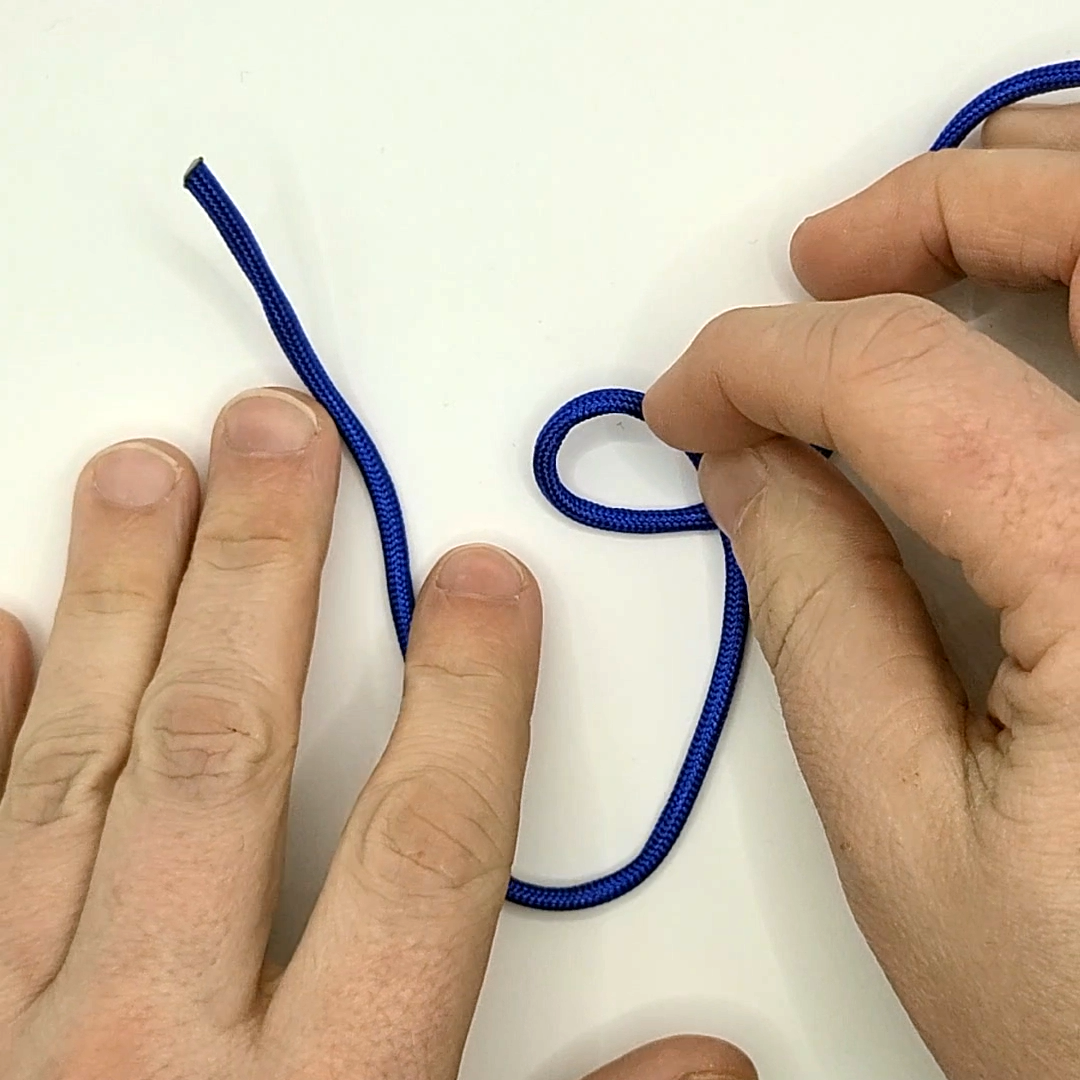
Step 1
Form a loop with the about 6 inches into the string.
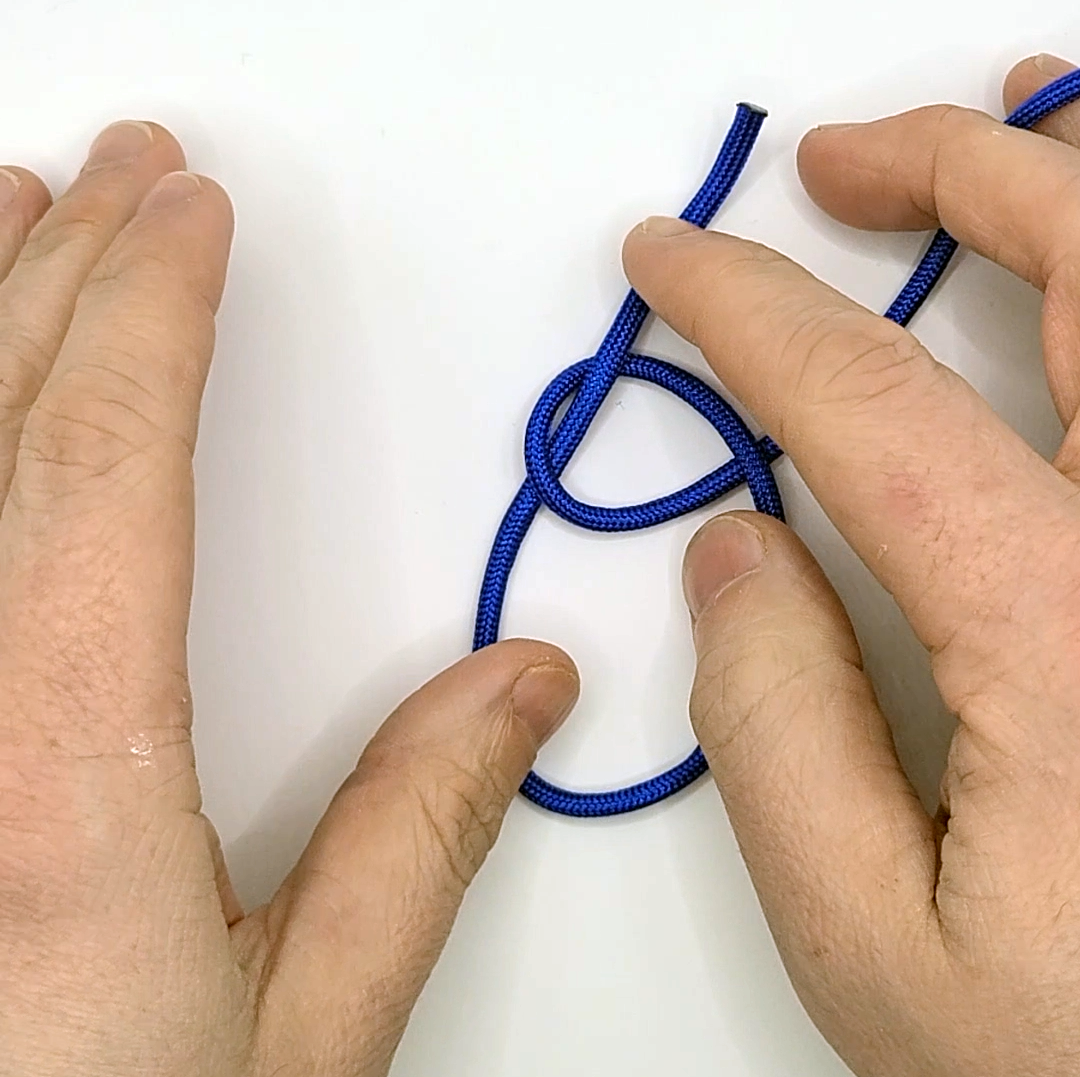
Step 2
Slip the end through the loop.

Step 3
Wrap about the string before the loop you made.

Step 4
Insert back through the loop.
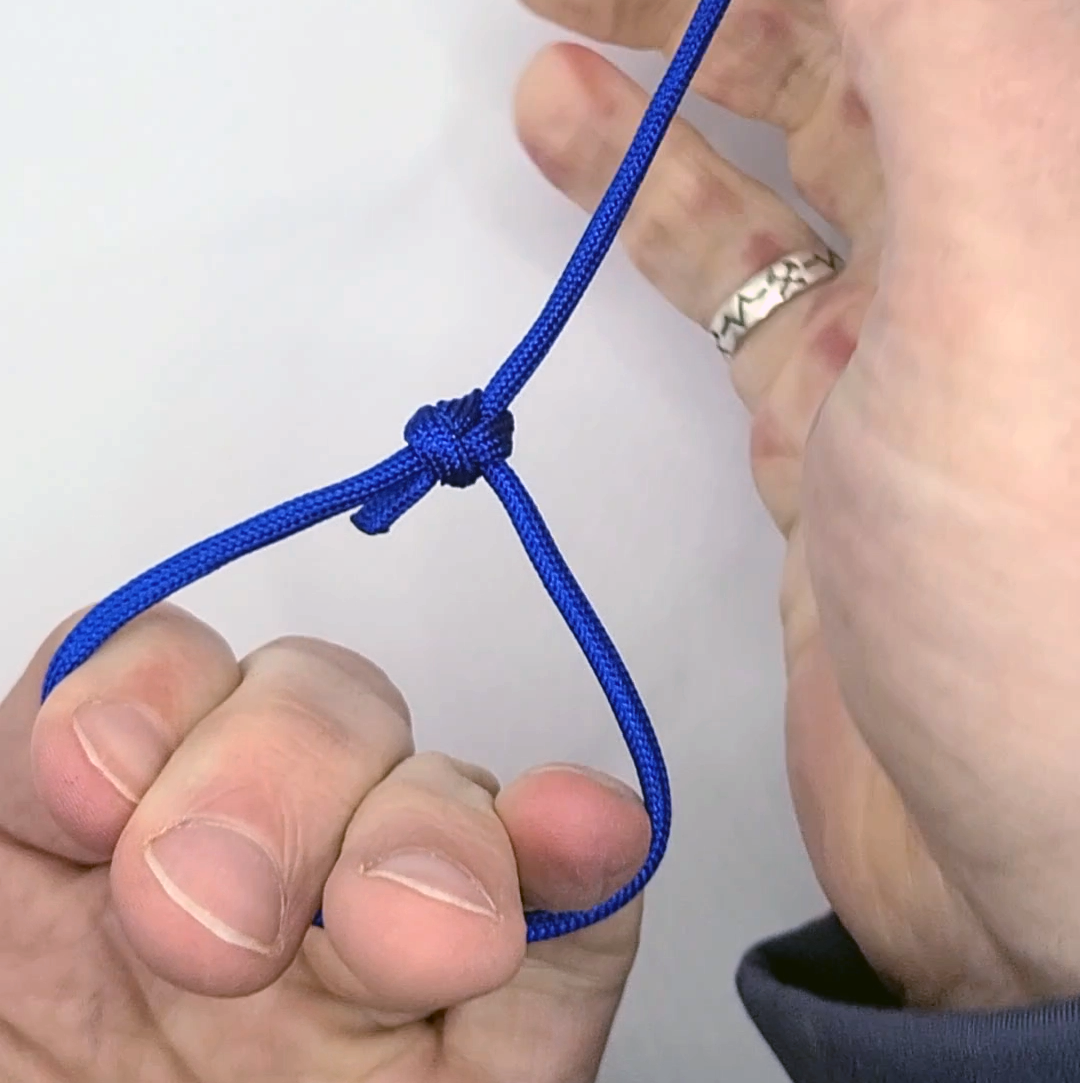
Step 4
Pull tight.



